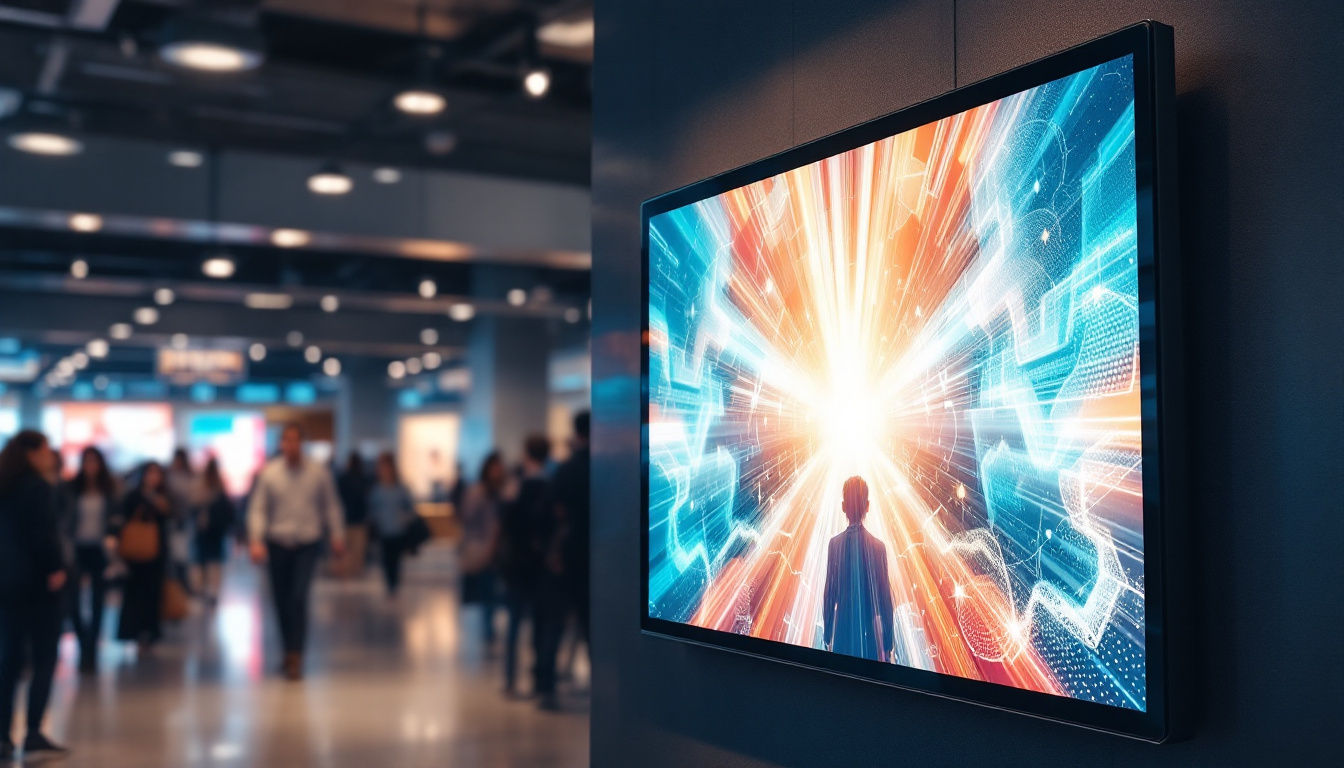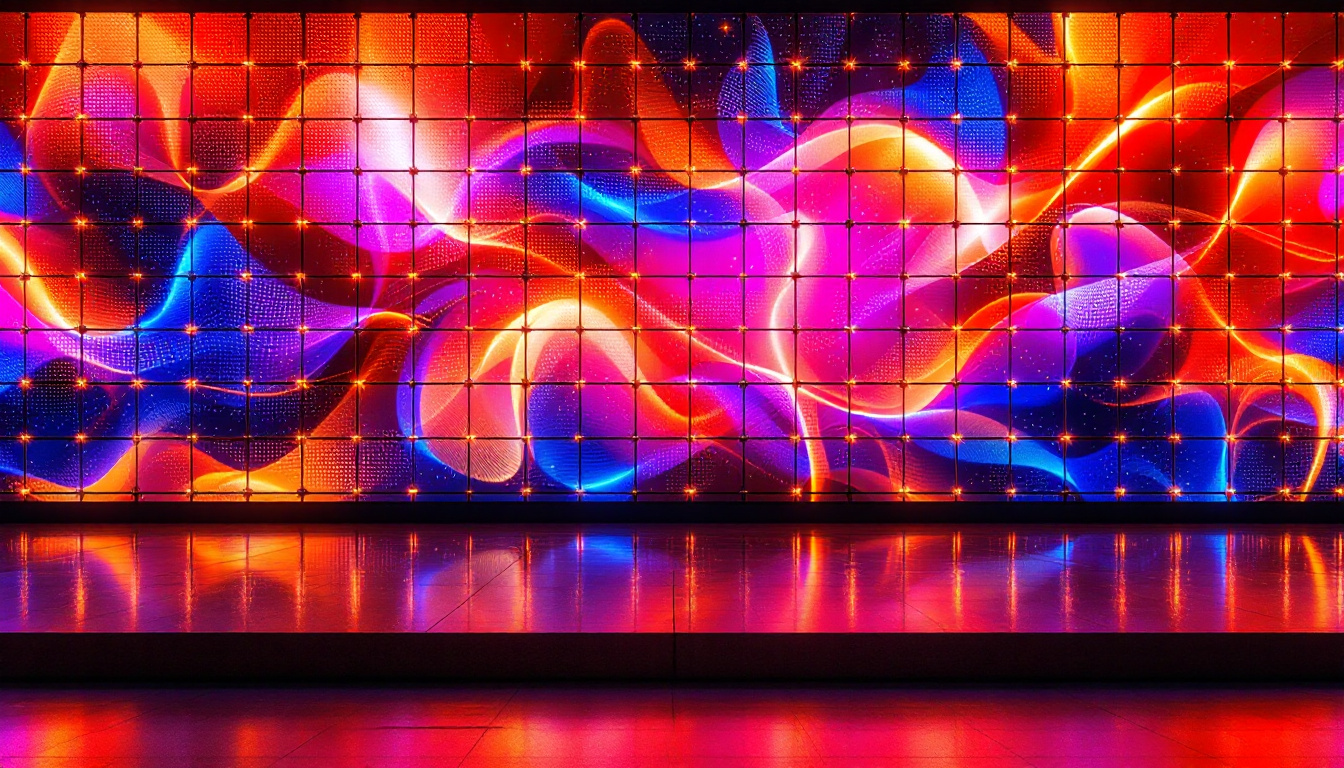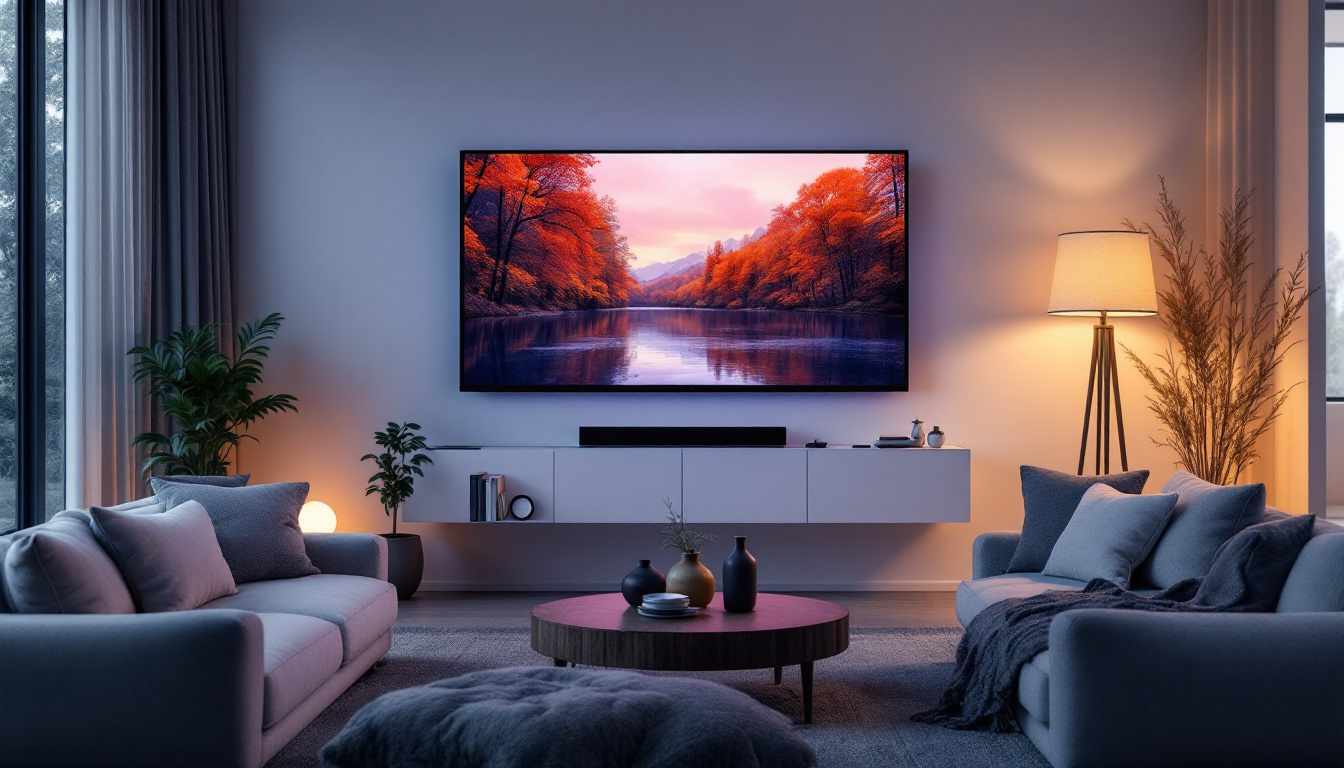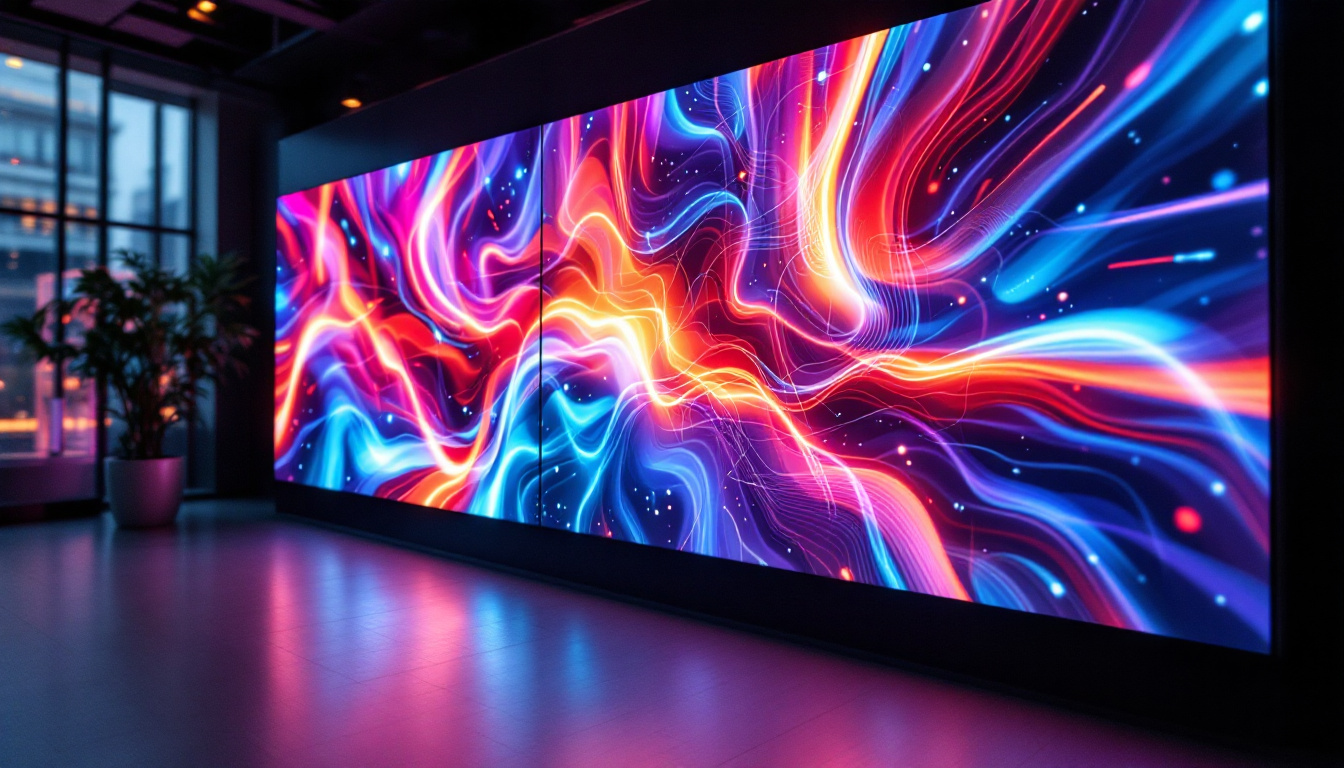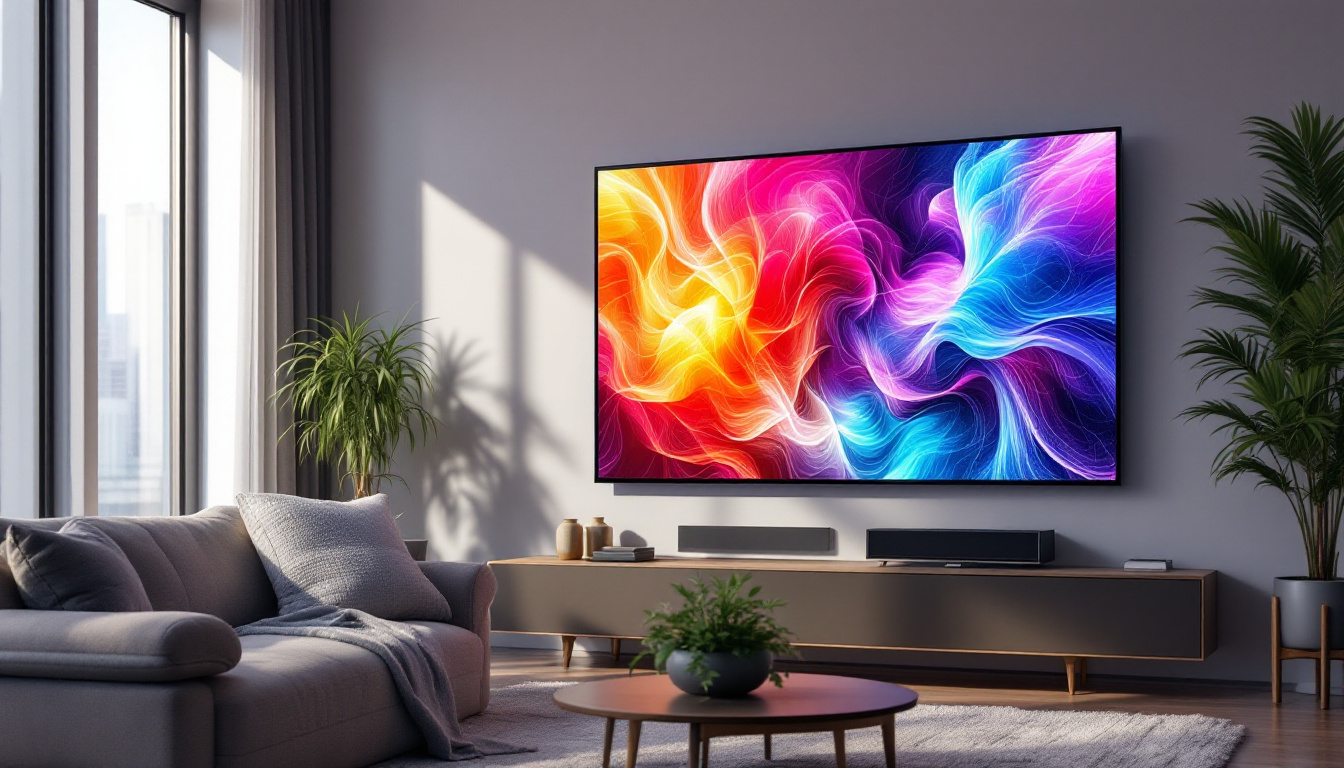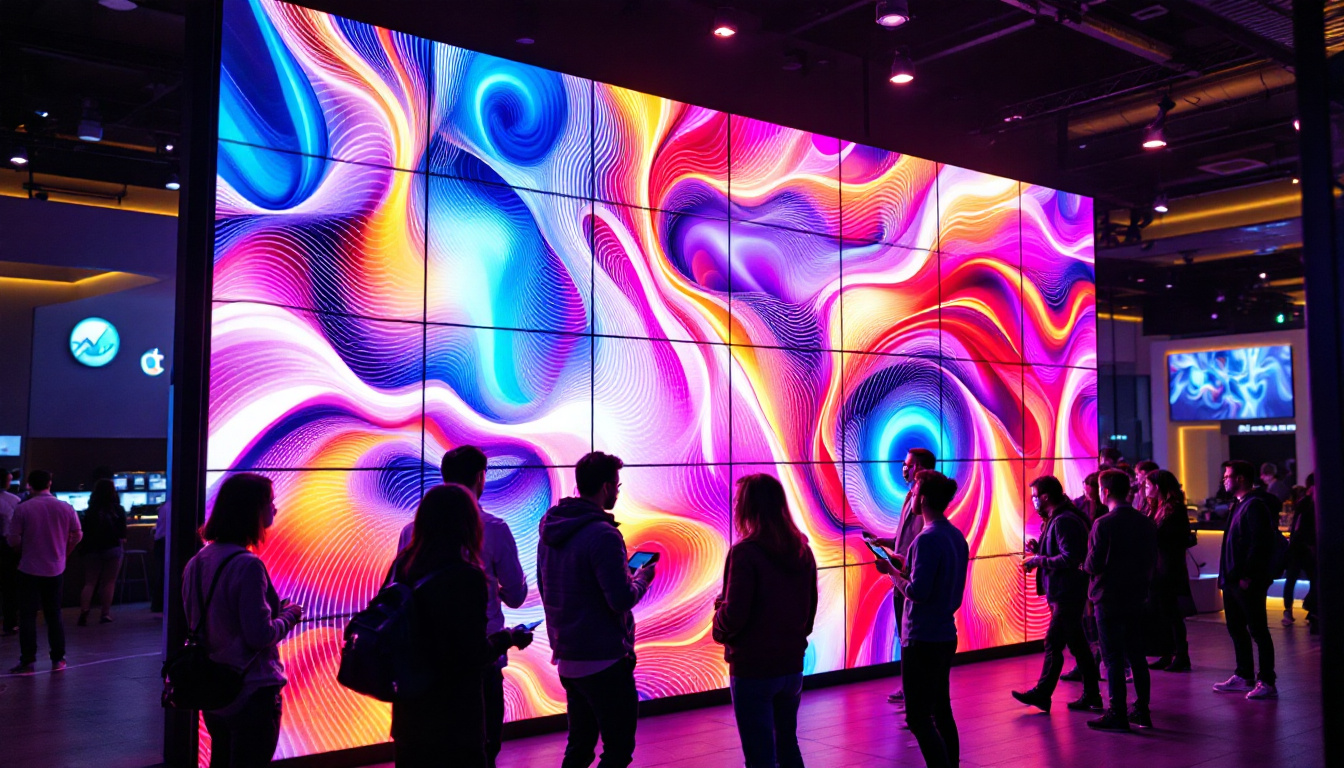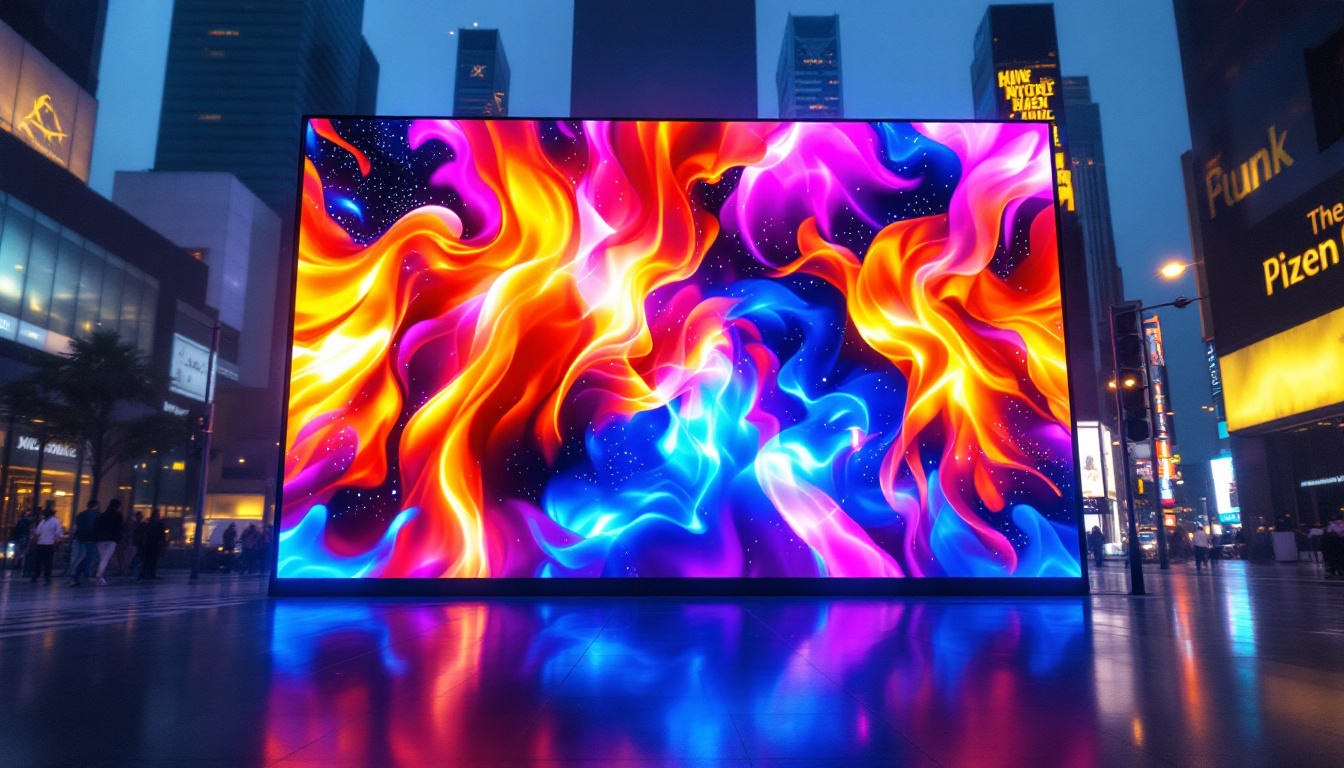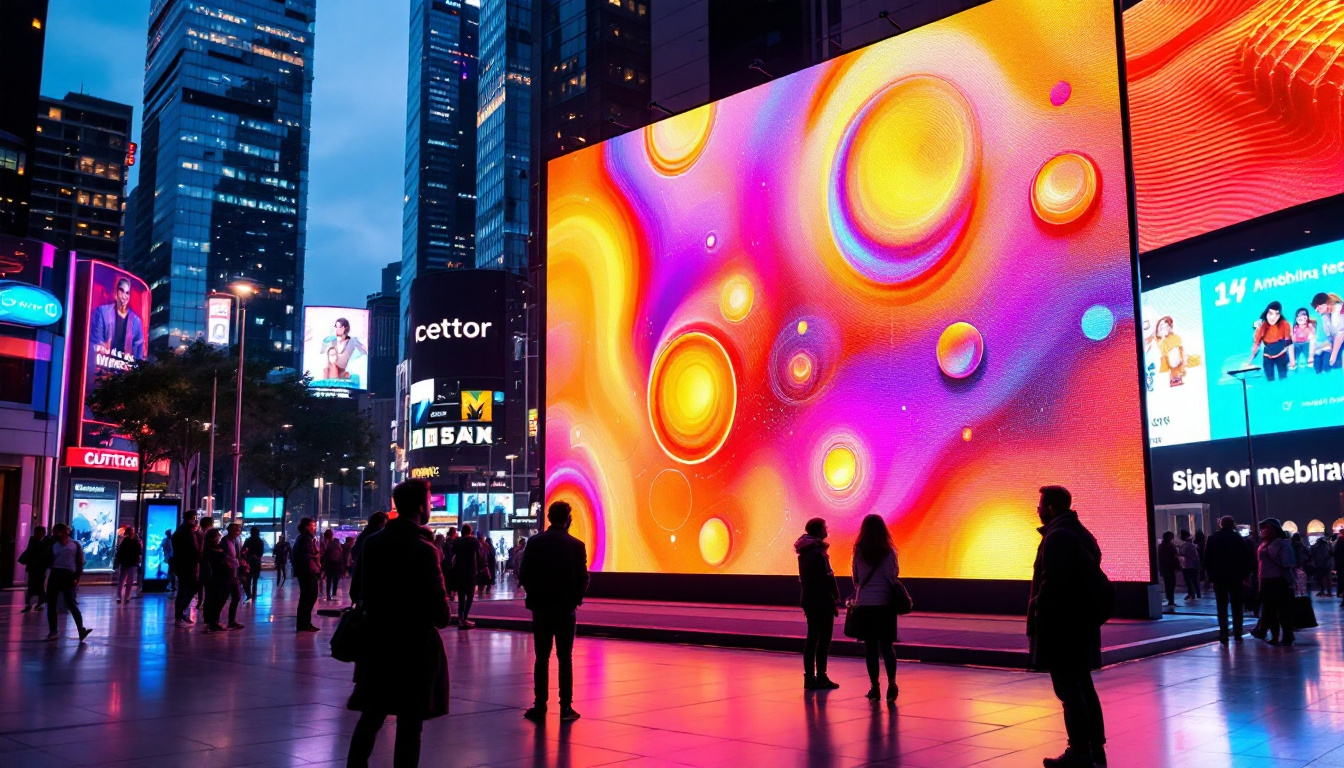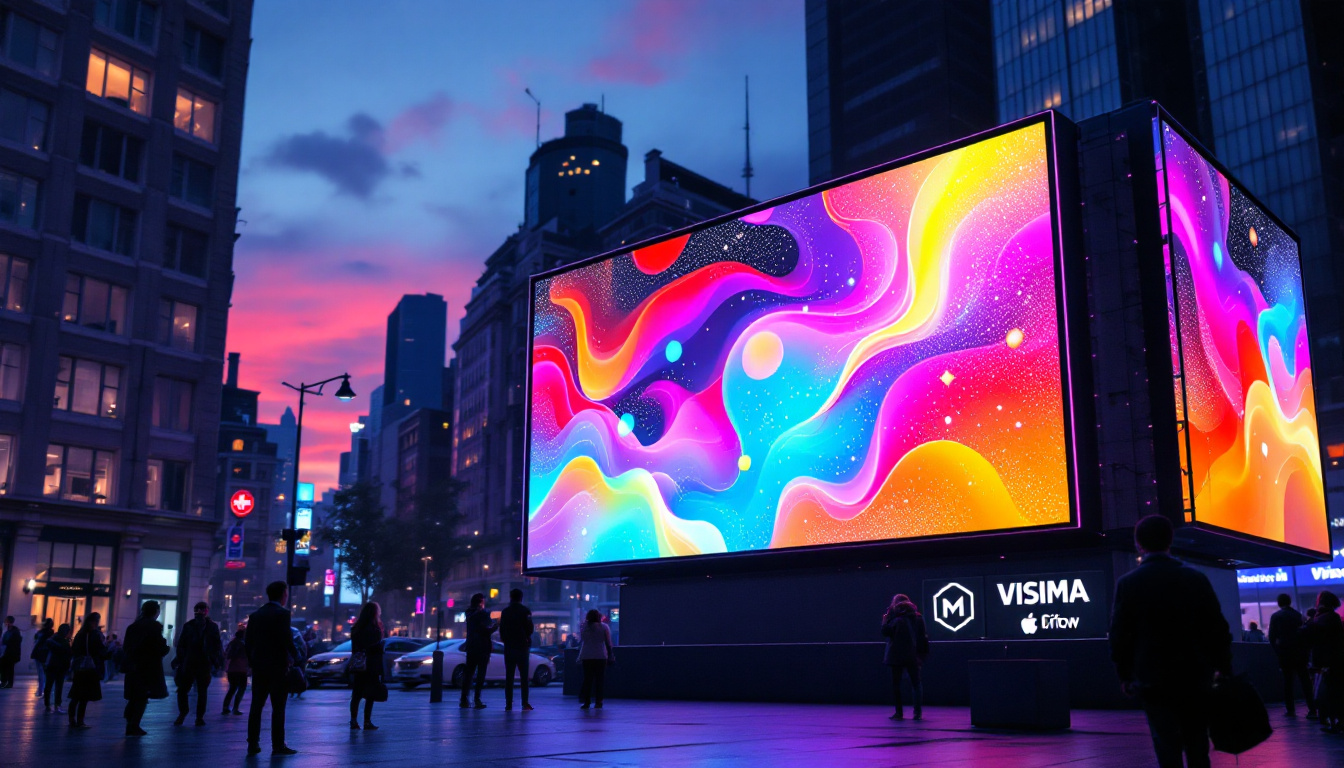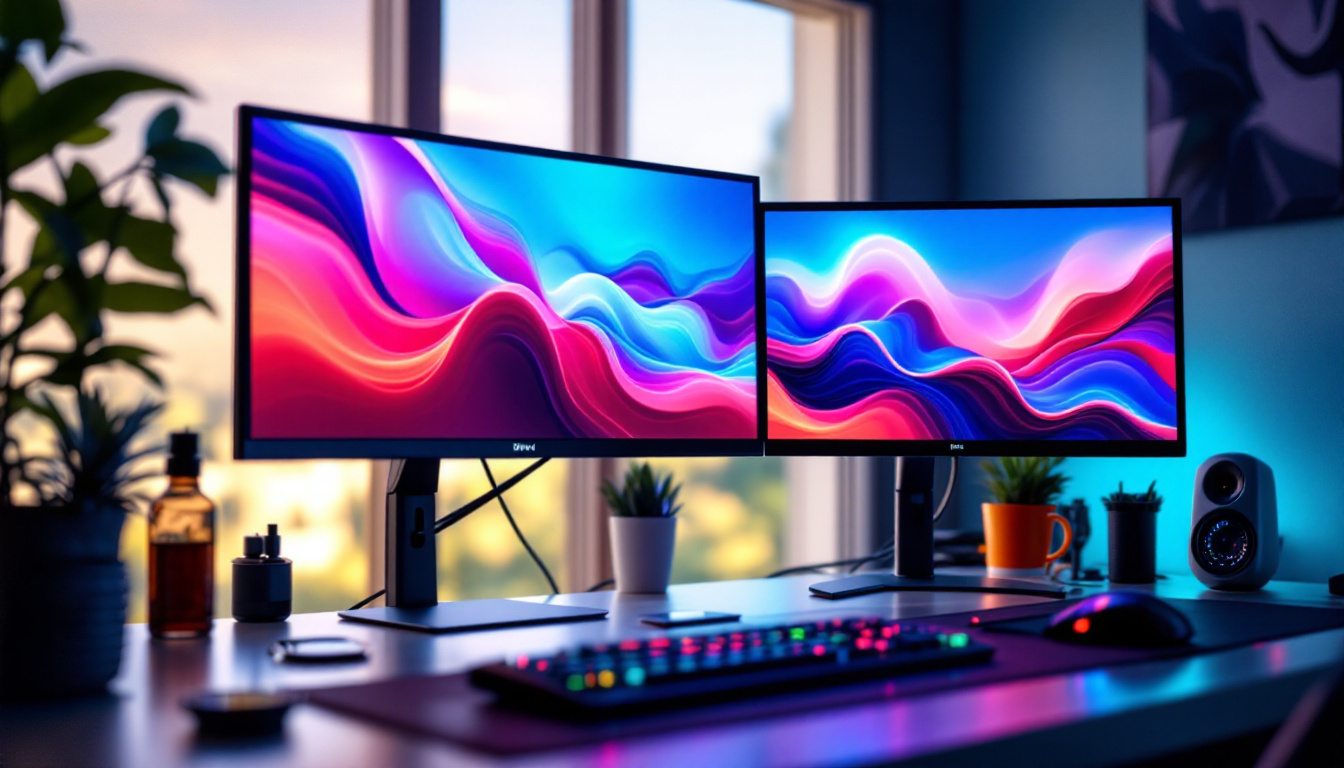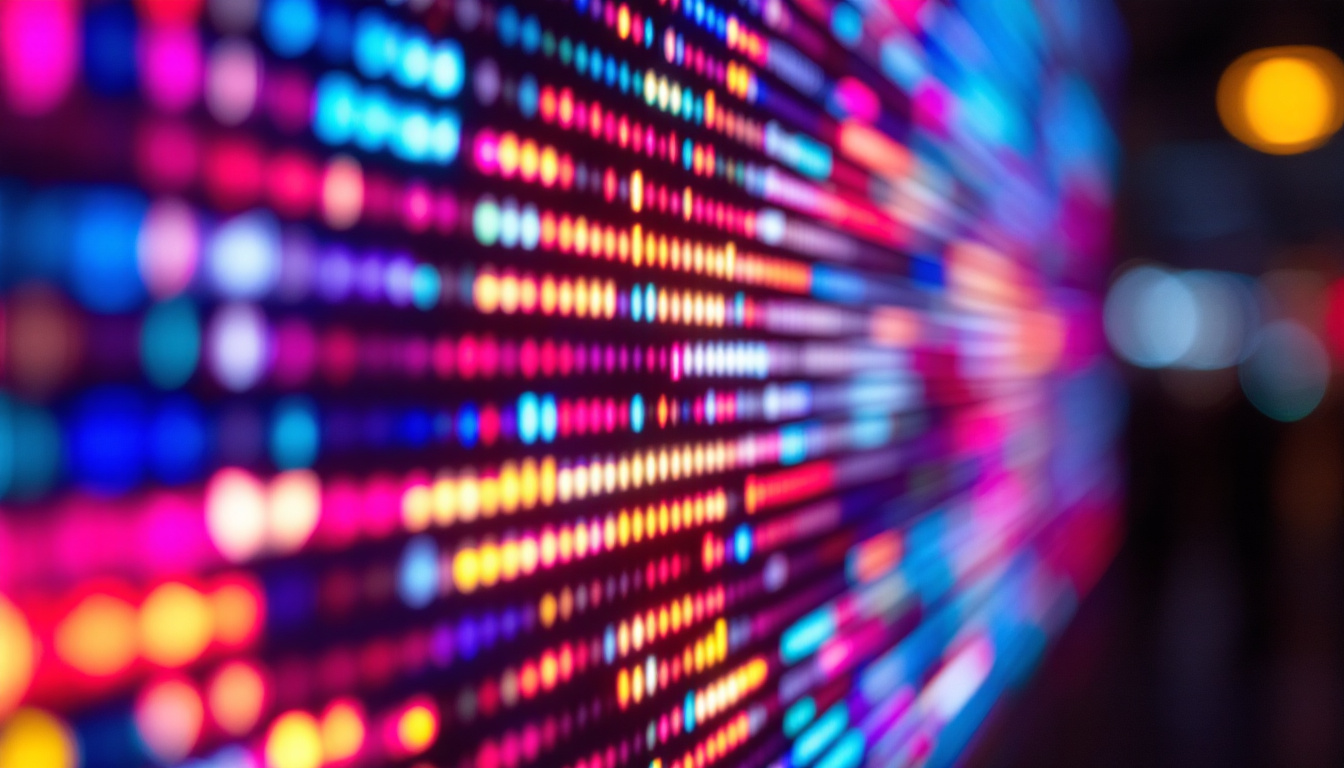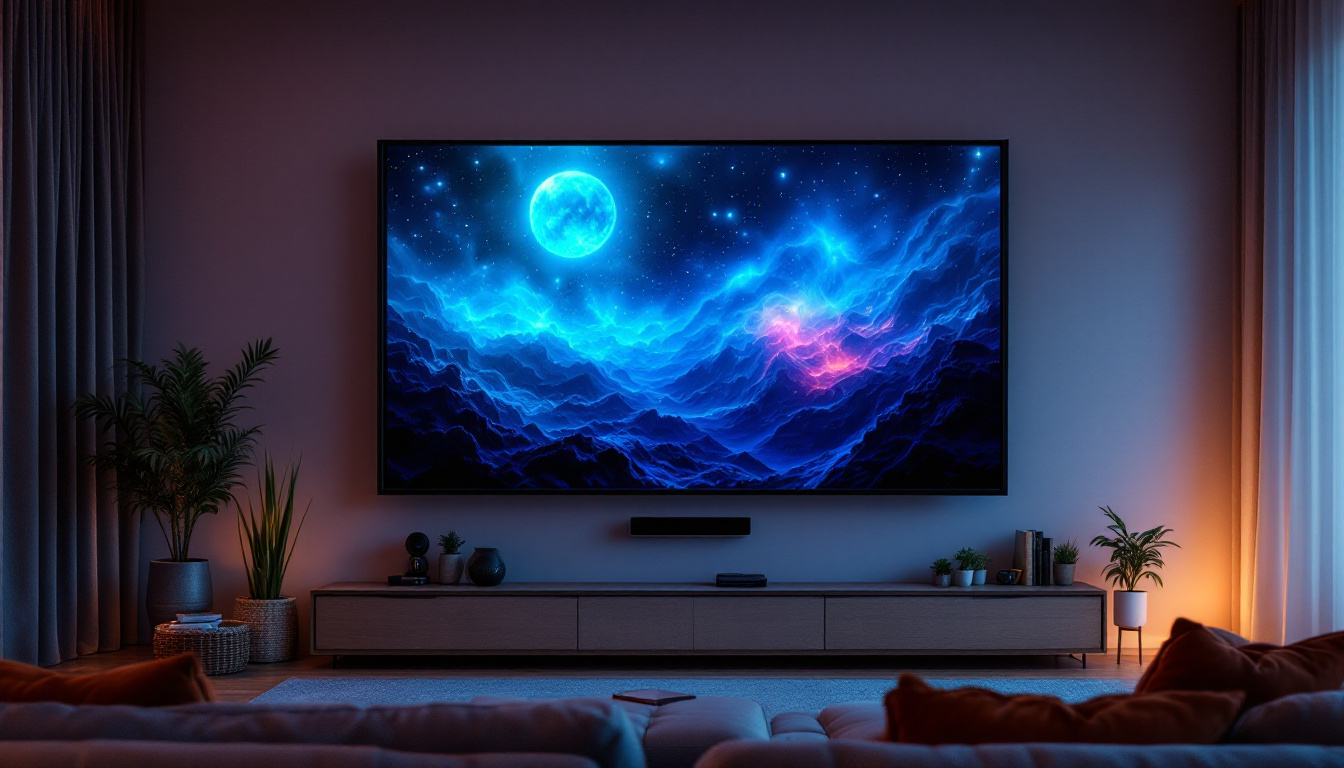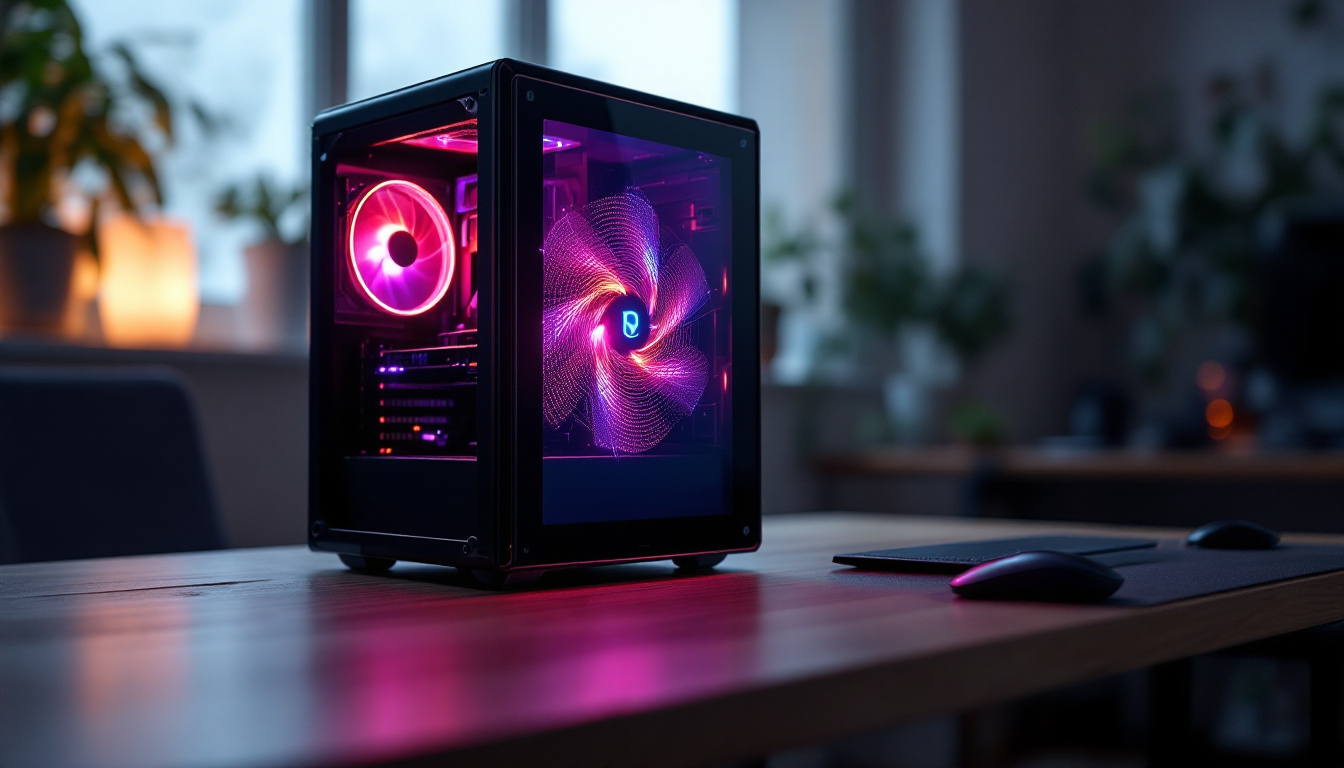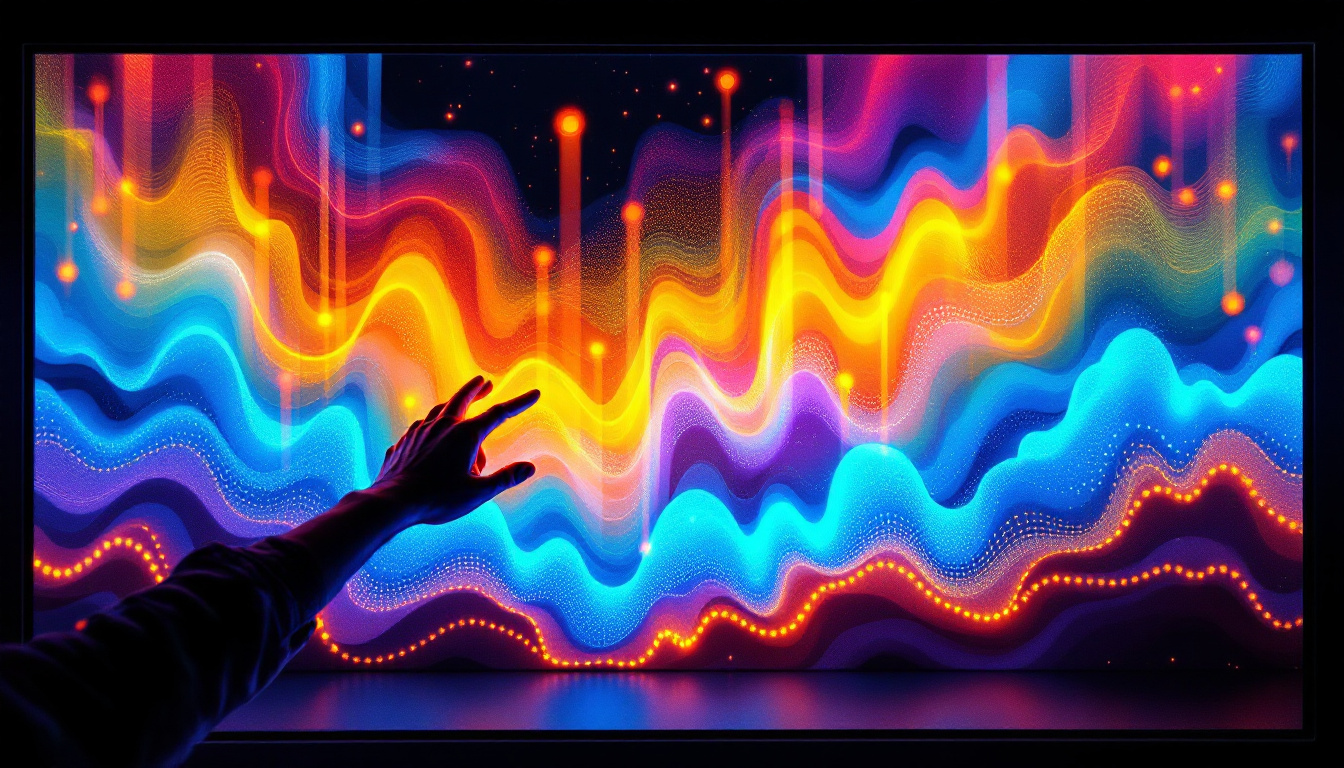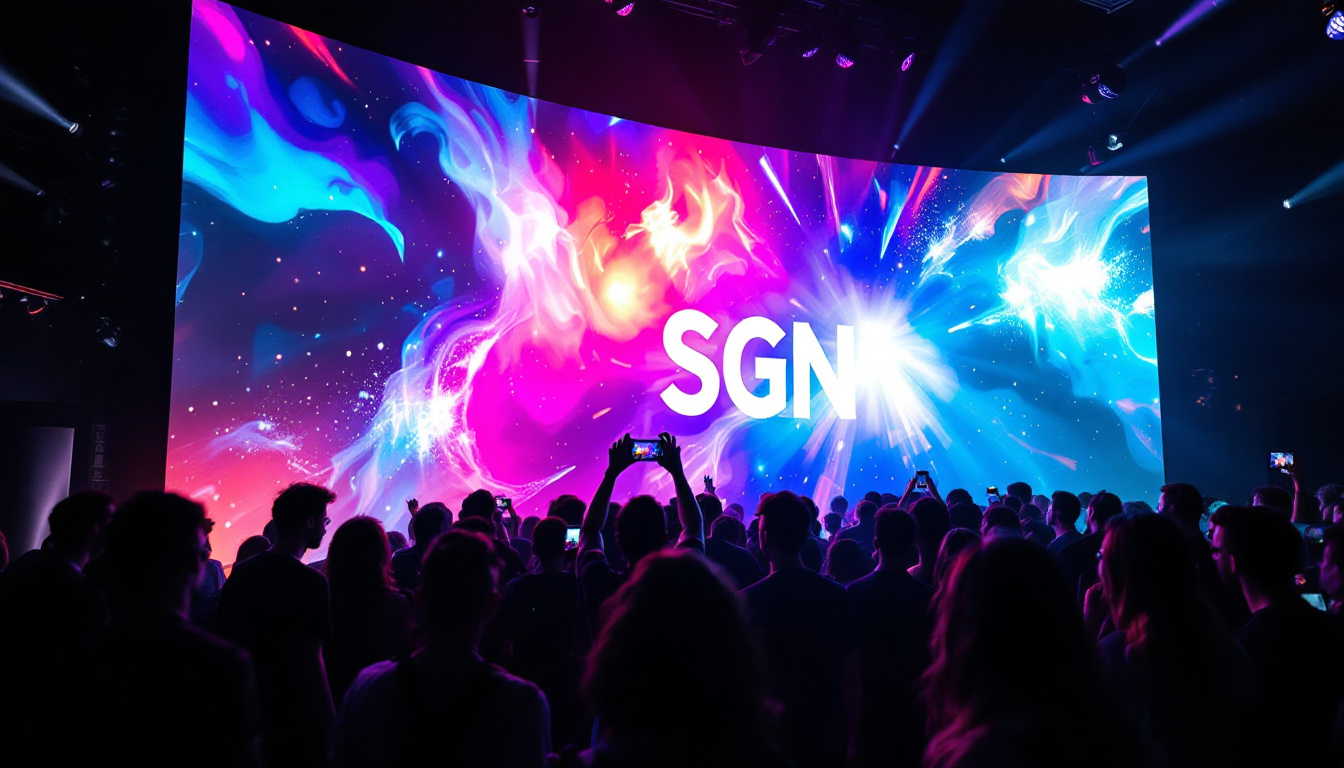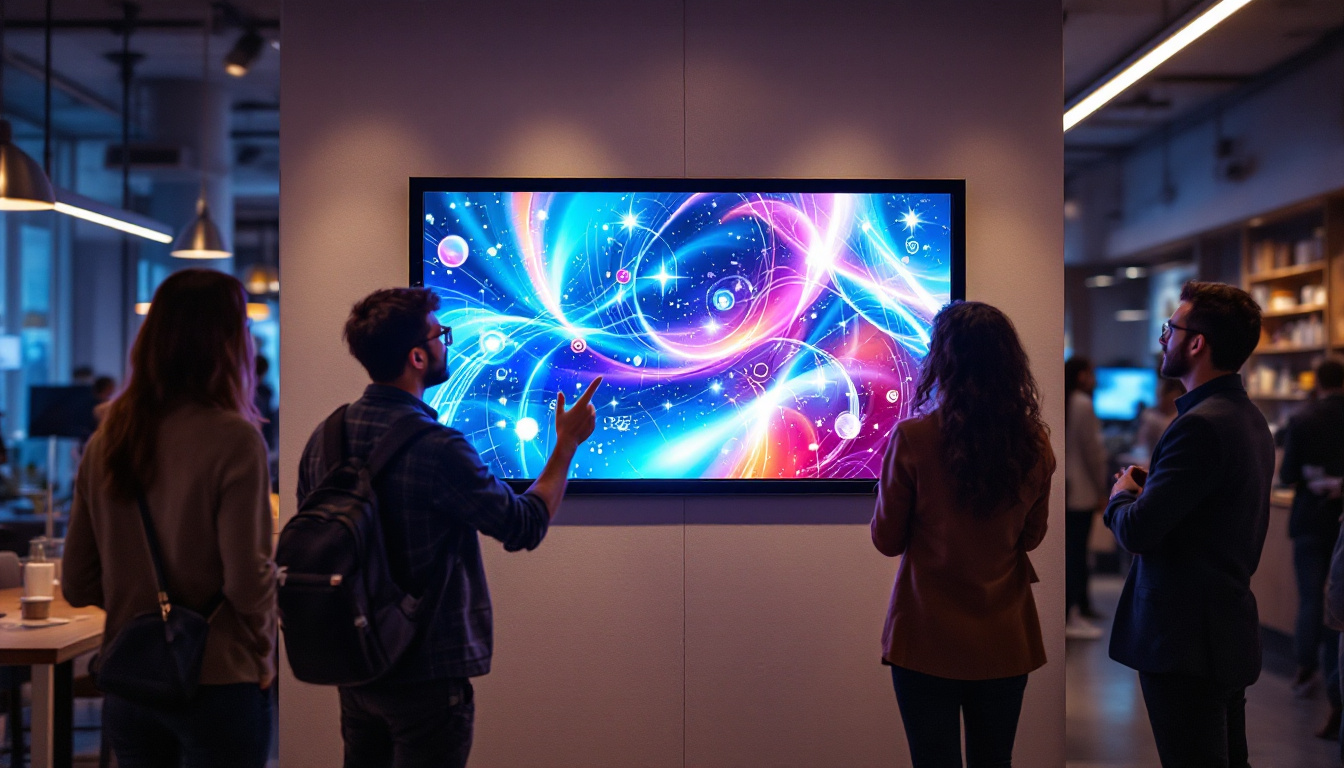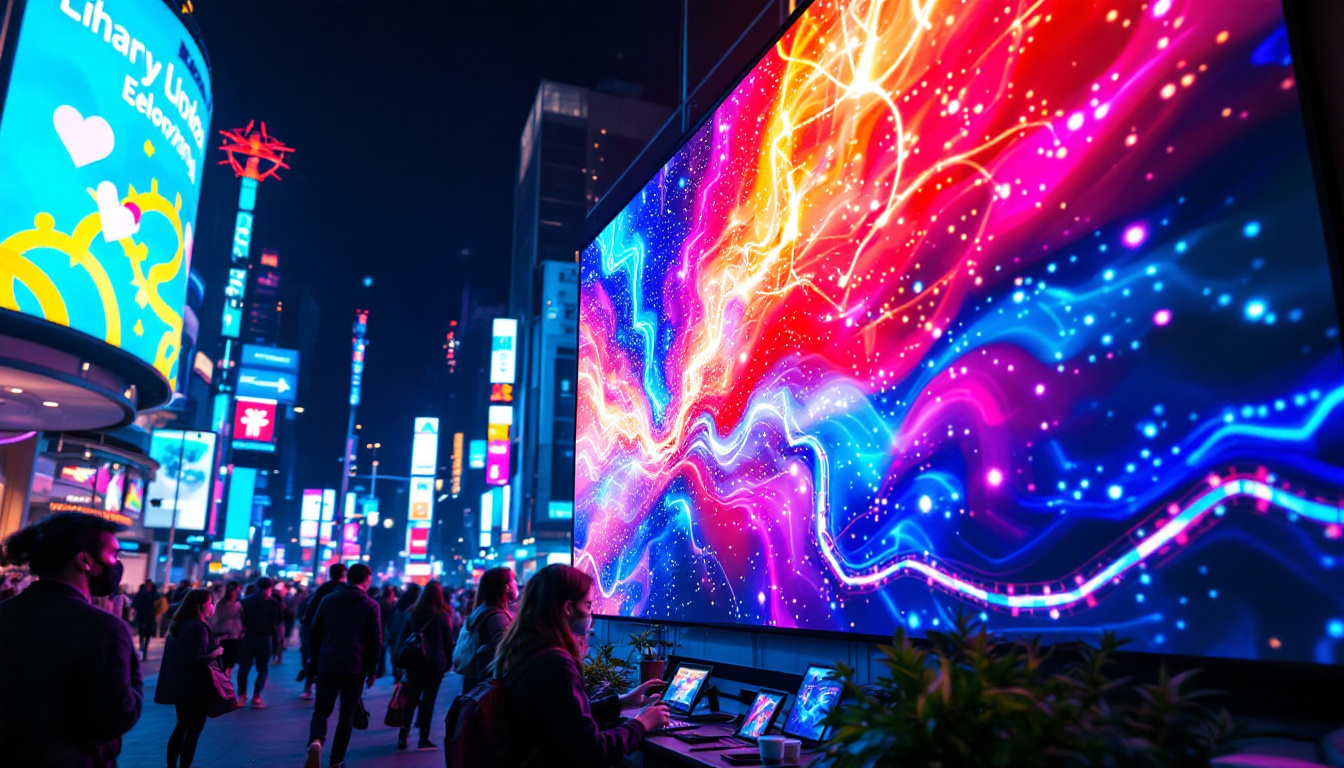In the world of visual technology, LED displays have revolutionized the way we perceive images and videos. From large billboards to small screens, the quality of an LED display is often measured in terms of pixel density, which is commonly expressed in pixel centimetres (Pcm). Understanding this measurement can significantly enhance the selection and application of LED displays in various contexts. This article delves into the intricacies of pixel centimetres, exploring how they affect display quality, applications, and the future of LED technology.
Understanding Pixel Density
Pixel density refers to the number of pixels contained within a given area of a display, typically measured in pixels per inch (PPI) or pixels per centimetre (Pcm). The higher the pixel density, the more detailed and sharp the image appears. This is especially crucial in applications where clarity is paramount, such as digital signage, televisions, and mobile devices. In recent years, advancements in technology have allowed manufacturers to produce displays with increasingly higher pixel densities, leading to a revolution in how we consume visual content. From the crisp images on smartphones to the stunning visuals on high-definition televisions, pixel density plays a critical role in enhancing our viewing experience.
What is Pixel Centimetre?
Pixel centimetre (Pcm) is a unit of measurement that indicates how many pixels are present in one centimetre of the display. For example, a display with a pixel density of 10 Pcm means there are 10 pixels packed into every centimetre of the screen. This measurement is particularly useful for comparing the resolution of different LED displays, as it provides a clear understanding of how densely packed the pixels are. Additionally, pixel density can influence the design choices made by developers and content creators, as they must consider how their work will be viewed on various devices with differing pixel densities.
To put this into perspective, consider a display with a pixel pitch of 10 mm. The pixel pitch is the distance from the center of one pixel to the center of the adjacent pixel. A smaller pixel pitch results in a higher pixel density, leading to better image quality. In this case, a pixel pitch of 10 mm translates to a pixel density of 10 Pcm, making it suitable for close-range viewing. This is particularly advantageous in environments like trade shows or retail spaces, where viewers may be standing just a few feet away from the display, demanding high clarity and detail in the visuals presented.
Importance of Pixel Density in Display Quality
The significance of pixel density cannot be overstated. A display with higher pixel density will produce sharper images, making it ideal for applications where fine details matter. For instance, in advertising, a high pixel density ensures that the content is easily readable from a distance, while also maintaining clarity up close. This capability allows brands to convey their messages effectively, capturing the attention of potential customers and enhancing overall engagement.
Moreover, pixel density affects color reproduction and overall viewing experience. Displays with lower pixel densities may suffer from pixelation, where individual pixels become visible, leading to a less immersive experience. This is particularly important in fields such as graphic design and photography, where accurate color representation is crucial. A high pixel density not only enhances the sharpness of images but also allows for smoother gradients and more vibrant colors, making the visuals more appealing. Additionally, as virtual reality and augmented reality technologies continue to evolve, the demand for displays with high pixel densities grows, as these technologies rely heavily on creating lifelike experiences that require exceptional detail and clarity for users to feel truly immersed in the digital environment.
Applications of LED Displays
LED displays have a wide range of applications across various industries. Their versatility, energy efficiency, and ability to produce vibrant colors make them a popular choice for both indoor and outdoor settings. Understanding the specific requirements of each application can help in selecting the appropriate pixel density.
Advertising and Marketing
In the realm of advertising, LED displays are often used for digital billboards and signage. The effectiveness of these displays largely depends on their pixel density. For outdoor advertising, where viewers are typically at a distance, a lower pixel density may suffice. However, for indoor displays, where viewers are closer, a higher pixel density is essential to ensure that the content is sharp and engaging.
Furthermore, the dynamic nature of LED displays allows for real-time updates, making them an attractive option for businesses looking to promote their products and services. The ability to display high-resolution images and videos can significantly enhance brand visibility and customer engagement. This adaptability also extends to the creative possibilities; advertisers can utilize animations and interactive content to capture the attention of passersby, thereby increasing foot traffic and sales. As a result, many brands are investing in LED technology to stay competitive in a fast-paced market.
Entertainment and Events
LED displays are also widely used in the entertainment industry, particularly for concerts, festivals, and sporting events. Large LED screens provide audiences with an enhanced viewing experience, allowing them to see details that may not be visible from their seats. In this context, pixel density plays a crucial role in ensuring that the visuals are captivating and immersive.
Event organizers often opt for high pixel density displays to ensure that the content remains clear, even when viewed from a distance. This is particularly important for live broadcasts, where the quality of the visuals can significantly impact viewer engagement. Additionally, LED technology allows for creative staging solutions, such as curved or modular displays that can be tailored to fit various venue layouts. This flexibility not only enhances the aesthetic appeal of the event but also allows for innovative storytelling through visual media, captivating audiences in a way that traditional screens cannot. Moreover, the durability and weather resistance of outdoor LED displays make them ideal for festivals and events held in varying conditions, ensuring that the show goes on regardless of the weather.
Choosing the Right Pixel Density
Selecting the appropriate pixel density for an LED display involves considering several factors, including viewing distance, application, and content type. Understanding these elements can help in making an informed decision that aligns with the intended use of the display.
Viewing Distance
The distance from which the display will be viewed is a critical factor in determining the required pixel density. As a general rule, the closer the viewer is to the display, the higher the pixel density should be. For instance, a display intended for close-range viewing, such as in a retail environment, may require a pixel density of 20 Pcm or higher. Conversely, a display meant for outdoor advertising, where viewers are typically further away, may only need a pixel density of 5 Pcm.
Understanding the viewing distance not only helps in selecting the right pixel density but also ensures that the display meets the audience’s expectations for image quality and clarity.
Content Type
The type of content being displayed also influences the choice of pixel density. For static images and text, a lower pixel density may be sufficient, as the content does not require intricate detail. However, for dynamic content such as videos or animations, a higher pixel density is essential to maintain clarity and fluidity.
In applications such as video walls or immersive environments, where multiple displays are used in tandem, ensuring consistent pixel density across all screens is crucial for a seamless viewing experience. This consistency helps to avoid discrepancies in image quality, which can detract from the overall impact of the display.
The Future of LED Display Technology
The LED display industry is continuously evolving, with advancements in technology leading to improved pixel densities and overall display quality. As manufacturers strive to create displays that are not only visually stunning but also energy-efficient, the future of LED technology looks promising.
MicroLED Technology
One of the most exciting developments in the LED display market is the emergence of MicroLED technology. MicroLED displays utilize tiny individual LEDs to create images, allowing for extremely high pixel densities and exceptional color accuracy. This technology has the potential to revolutionize the way displays are manufactured and utilized, offering unprecedented levels of detail and clarity.
MicroLED displays are also more energy-efficient than traditional LED displays, making them a sustainable option for various applications. As this technology becomes more accessible, it is expected to play a significant role in the future of visual displays, particularly in high-end applications such as cinema and virtual reality.
Advancements in Pixel Density
As demand for higher resolution displays continues to grow, manufacturers are constantly pushing the boundaries of pixel density. New techniques and materials are being developed to create displays with even smaller pixel pitches, resulting in higher pixel densities. This trend is particularly evident in the smartphone and tablet markets, where consumers increasingly expect sharper and more vibrant displays.
Furthermore, advancements in software and image processing technologies are enhancing the ability of displays to render high-quality images, regardless of pixel density. This means that even displays with lower pixel densities can deliver impressive visuals, making them suitable for a wider range of applications.
Conclusion
Understanding pixel centimetres and the implications of pixel density is essential for anyone involved in the selection and use of LED displays. From advertising to entertainment, the right pixel density can significantly enhance the viewing experience, ensuring that content is displayed with clarity and vibrancy.
As technology continues to advance, the future of LED displays looks bright, with innovations such as MicroLED paving the way for even higher pixel densities and improved visual quality. Whether for commercial use or personal enjoyment, being informed about pixel density will empower consumers and businesses alike to make the best choices for their display needs.
In a world where visual communication is paramount, understanding the intricacies of pixel centimetres and LED technology is not just beneficial; it is essential for success in an increasingly visual landscape.
Explore Cutting-Edge LED Displays with LumenMatrix
Ready to elevate your visual experience with the latest in LED display technology? LumenMatrix is at the forefront of innovation, offering a diverse range of LED display solutions tailored to your needs. From captivating Indoor and Outdoor LED Wall Displays to dynamic Vehicle and Sports LED Displays, each product is designed to make your brand stand out and engage your audience. Discover the transformative power of our LED Poster Displays, Floor LED Displays, Custom LED Displays, All-in-One LED Displays, and LED Transparent Displays. Experience the future of visual communication today and check out LumenMatrix LED Display Solutions to see how we can help you share your message with unparalleled impact and clarity.


